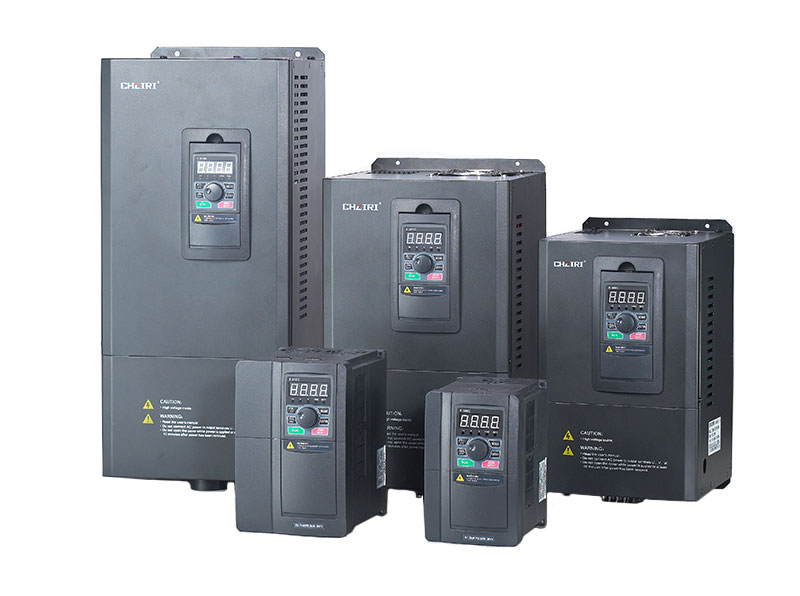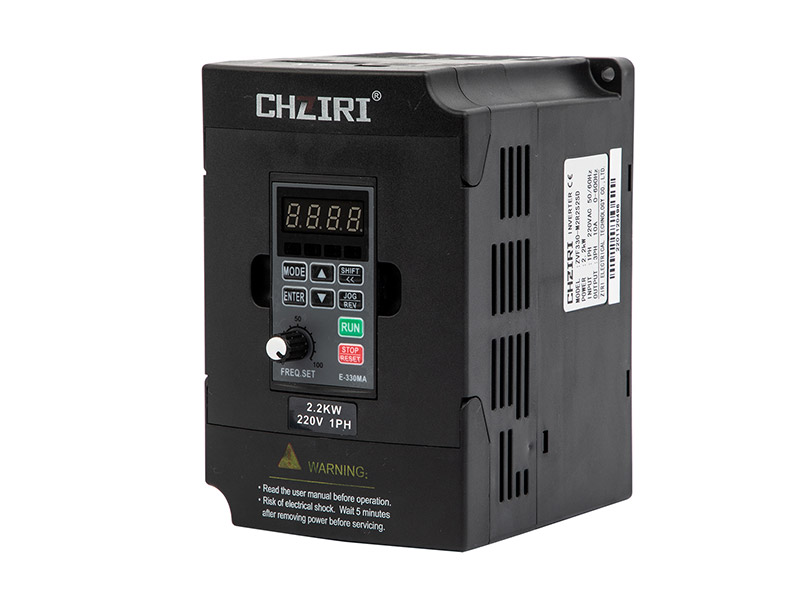Introduce the difference between a frequency converter and an inverter in detail and how Adjust the output frequency of the inverter?
Speaking of inverters, everyone may be familiar with them. In our daily life or laboratories, we will see inverters. It mainly converts DC and AC in the current to achieve high-current applications, and today we use types of electrical appliances that are also very complicated, so for us, if we master the principle of frequency converter, it will be a very important thing. Today, I will introduce the difference between a frequency converter and an inverter in detail and how Adjust the output frequency of the inverter, how does the inverter work and what is the inverter used for? Hope to help everyone.
What is the difference between a frequency converter and an inverter
A vehicle inverter (power converter) is a kind of convenient vehicle power converter that can convert DC12V direct current into AC220V alternating current, which is the same as main power, for general electrical appliances.

The frequency converter is a power control device that uses the on-off function of power semiconductor devices to convert the power frequency power supply to another frequency. The frequency converter we use now mainly adopts the AC-DC-AC method (VVVF frequency conversion or vector control frequency conversion). AC power to supply the motor. The circuit of the frequency converter is generally composed of four parts: rectification, intermediate DC link, inverter, and control. The rectification part is a three-phase bridge uncontrolled rectifier, the inverter part is an IGBT three-phase bridge inverter, the output is a PWM waveform, and the intermediate DC link is filtering, DC energy storage, and buffering reactive power.
How to adjust the output frequency of the inverter
1. Carry out the no-load test run of the inverter first:
First check whether all the wiring of the inverter is correct, do not connect the output terminal of the inverter to the motor and conduct a no-load test on the inverter first. Read the inverter user manual carefully before turning on the power, familiarize yourself with relevant functions, settings, and operation methods, and then turn on the power on this basis.
Check whether the signal and control activities of the external terminal are normal, for example, when the potentiometer is rotated clockwise or the frequency given current is changed, and whether the output frequency of the inverter changes at the same time as the given signal.
2. No-load trial run of the inverter with the motor: After the no-load trial run of the inverter is normal, it can be connected to the motor for a no-load trial run. Before connecting the motor, be sure to confirm that the technical indicators of the motor are qualified. Do not load the motor. Then let the inverter drive the motor to rotate, and observe whether it is normal, such as whether the direction of rotation of the motor meets the requirements.
Turn the frequency setting potentiometer counterclockwise to 0Hz at the left end, then turn on the forward rotation switch (FWD) of the frequency converter, slowly turn the potentiometer clockwise to gradually increase the given frequency, and observe the rotation of the motor. When the maximum frequency is 50%, let the motor rotate for a few minutes, and observe the values of voltage and current, then let the output frequency of the inverter reach the maximum frequency, and then let the motor rotate for a few minutes.
3. Inverter running and debugging with load: Before starting debugging, check that there is no personnel working around the load and there is no foreign matter on the load, and then the on-load debugging can be performed.
4. Frequency setting: When debugging, set a small frequency first, and observe whether the load is running smoothly or not and whether there is any abnormal sound during operation. If so, it is necessary to consider replacing the frequency converter and motor of a newer model in time, so that the control current and torque are within the range; in addition, according to the load characteristics, set a reasonable acceleration and deceleration time to ensure that the frequency converter does not report overcurrent during operation and startup Fault.
How the frequency converter works
The main circuit is the power conversion part that provides the voltage-regulated and frequency-regulated power supply for the asynchronous motor. The main circuit of the frequency converter can be roughly divided into two types: the voltage type is the frequency converter that converts the DC of the voltage source into AC, and the filter of the DC circuit is a capacitor. . The current type is a frequency converter that converts the DC of the current source into AC, and its DC circuit filter is an inductor. It consists of three parts, the "rectifier" that converts the power frequency power supply into DC power, the "smoothing circuit" that absorbs the voltage pulsation generated by the converter and inverter, and the "inverter" that converts DC power into AC power. Transformer".
What is the inverter used for?
The function of the frequency converter is to change the frequency and amplitude of the AC motor's power supply, thereby changing the period of its moving magnetic field to achieve the purpose of smoothly controlling the motor speed. The appearance of the frequency converter simplifies the complex speed control. The combination of frequency converter + AC squirrel-cage induction motor replaces most of the work that can only be done with DC motors, which reduces the size and maintenance rate. Technology has evolved to a new stage.
As an electrical device, the frequency converter can achieve the purpose of controlling the AC motor and optimizing the operation of the motor by changing the frequency of the motor's working power supply. Therefore, frequency converters have extensive and important applications in various industries. However, many companies often focus on the question of "how much is the inverter" when purchasing but ignore the brand, function, and other issues that need to be paid attention to when purchasing an inverter. Don't worry about how much the inverter is. It is very important to choose the right brand!
In fact, after understanding "what is the frequency converter for", everyone should have a clear understanding of the important applications of frequency converters in life. If you want the frequency converter to operate efficiently, you don’t need to worry about the question of “how much is the frequency converter” when purchasing. The stability and design of the frequency converter itself deserve more attention.









